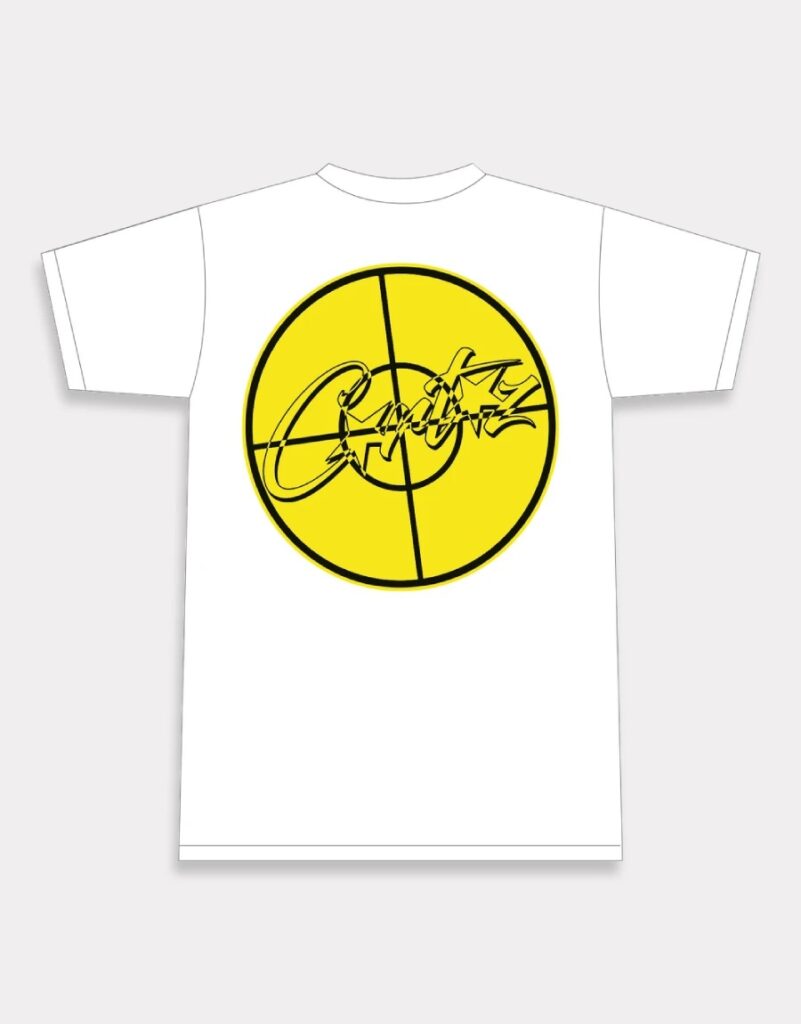A brand inseparable from mid 2000s mainstream society, epitomizes a special mix of streetwear, car culture, and defiant soul. With its foundations following back to the late twentieth 100 years, Von Dutch has encountered sensational ups and downs, reflecting more extensive patterns in design and society.
Origins of the Brand
The brand’s name gives proper respect to Kenneth Howard, a.k.a. “Von Dutch,” a famous figure in the custom cruiser scene. Howard was prestigious for his imaginative ability, especially his pinstriping abilities, and turned into a legend among bike devotees. During the 1990s, his name was revived by a gathering of business visionaries who saw the possible in his heritage. They changed his imaginative style into an undeniable brand, consolidating components of rare History of the U.S and a laid-back West Coast vibe.
Cultural Impact in the 2000s
Von Dutch soar to distinction in the mid 2000s, turning into a staple in big name closets. The brand’s trucker hats, enhanced with the mark logo, turned into a priority embellishment for stars like Paris Hilton, Ashton Kutcher, and Britney Lances. This perceivability impelled Von Dutch into the domain of design symbols, making it an image of status and disobedience. The charm of Von Dutch lay in its clothing as well as in its association with a lighthearted way of life and a nonconformist ethos.
Fashion and Aesthetic
The tasteful of Von Dutch Hat is well established in the sentimentality of Yankee folklore. The plans frequently highlight strong designs, multifaceted weaving, and a particularly restless energy. The brand’s product has extended past hats to incorporate shirts, denim, and frill, all described by an insubordinate soul. Von Dutch’s capacity to combine high style with streetwear has impacted various planners and brands, leaving an enduring engraving on the design business.
Decline and Resurgence
Conclusion
Von Dutch remaining parts a captivating contextual investigation in the exchange between style, culture, and character. Its excursion from a specialty cruiser brand to a mainstream society symbol and back again mirrors the repetitive idea of patterns. As it keeps on developing, Von Dutch fills in as a sign of how style can typify the soul of a period, catching the quintessence of defiance and distinction. Whether you love it or hate it, Von Dutch has without a doubt made a permanent imprint on the texture of present day culture.

